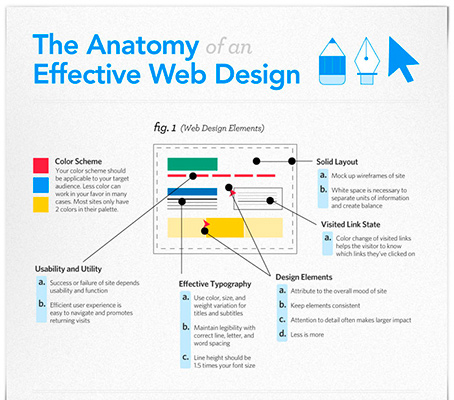The Advancement Of Site Style: From Earlier Times To Currently
The Advancement Of Site Style: From Earlier Times To Currently
Blog Article
Post Developed By-Thorsen Molina
In the past, sites were easy and focused on info. https://yourstory.com/mystory/steps-create-effective-social-media-marketing/amp was direct, and style was for desktops. Now, individual experience is key. Information overviews layouts for simple navigation. Responsive formats fit different devices. Today, dark setting reduces pressure, and minimal food selections improve navigating. Interactive features engage customers, and bold visuals stand apart. AI integration enhances engagement. See exactly how style has progressed to enhance your on-line trip.
Very Early Days of Web Design
In the very early days of web design, simplicity reigned supreme. Web sites were standard, with limited shades, font styles, and formats. The focus was on giving details instead of flashy visuals. Customers accessed the net through slow dial-up links, so speed and capability were essential.
Navigating food selections were straightforward, typically situated on top or side of the web page. Sites were developed for home computer, as mobile surfing wasn't yet common. Web content was king, and designers focused on very easy readability over complex design aspects.
HTML was the primary coding language utilized, and designers had to work within its restraints. Computer animations and interactive functions were very little contrasted to today's criteria. Web sites were static, with little dynamic material or customized user experiences.
Increase of User-Focused Layout
With the evolution of website layout, a change towards user-focused style concepts has actually ended up being significantly noticeable. Today, creating web sites that focus on user experience is vital for involving visitors and achieving organization goals. User-focused layout involves understanding the demands, preferences, and behaviors of your target market to tailor the internet site's design, material, and includes accordingly.
https://best-seo-plugins06173.dbblog.net/58461348/enhance-user-fulfillment-with-5-internet-site-packing-speed-optimization-techniques perform comprehensive research study, such as user studies and usability testing, to gather insights and comments straight from customers. This data-driven strategy helps in creating intuitive navigating, clear calls-to-action, and visually enticing interfaces that resonate with site visitors. By placing the customer at the center of the design procedure, internet sites can supply a more individualized and satisfying experience.
Responsive layout has actually likewise emerged as a key aspect of user-focused style, making sure that websites are maximized for various devices and display dimensions. This adaptability improves ease of access and usability, satisfying the varied ways individuals interact with web sites today. Fundamentally, the rise of user-focused design indicates a shift towards developing digital experiences that prioritize the needs and expectations of the end user.
Modern Trends in Website Design
Discover the current patterns forming website design today. One prominent trend is dark mode style, offering a smooth and modern look while reducing eye strain in low-light atmospheres. Another vital pattern is minimalist navigation, simplifying menus and improving customer experience by focusing on essential elements. Integrating micro-interactions, such as animated buttons or scrolling effects, can create a much more appealing and interactive website. Receptive layout stays important, making sure seamless user experiences across various devices. Additionally, using strong typography and asymmetrical layouts can include visual passion and draw attention to particular material.
Incorporating AI modern technology, like chatbots for customer support or individualized suggestions, enhances user engagement and improves processes. Access has likewise end up being a substantial pattern, with designers focusing on inclusive layout methods to deal with varied individual demands. Accepting sustainability by maximizing internet site efficiency for rate and efficiency is an additional arising trend in website design. Working together with user responses and data analytics to iterate and enhance style continually is crucial for remaining appropriate in the ever-evolving electronic landscape. By embracing these contemporary patterns, you can produce an aesthetically enticing, easy to use internet site that resonates with your audience.
Verdict
As you review the evolution of website design from the very early days to now, you can see just how user-focused style has ended up being the driving pressure behind modern fads.
Embrace the journey of adjustment and adaptation in website design, constantly maintaining the individual experience at the leading edge.
Stay existing with the current fads and technologies, and never stop evolving your strategy to produce visually stunning and user-friendly websites.
Progress, adapt, and create - the future of web design is in your hands.
